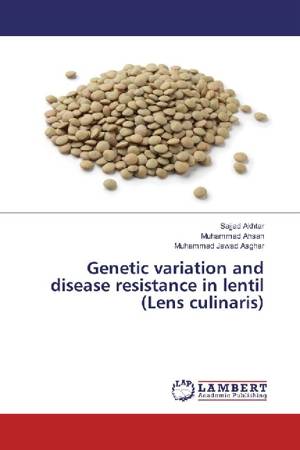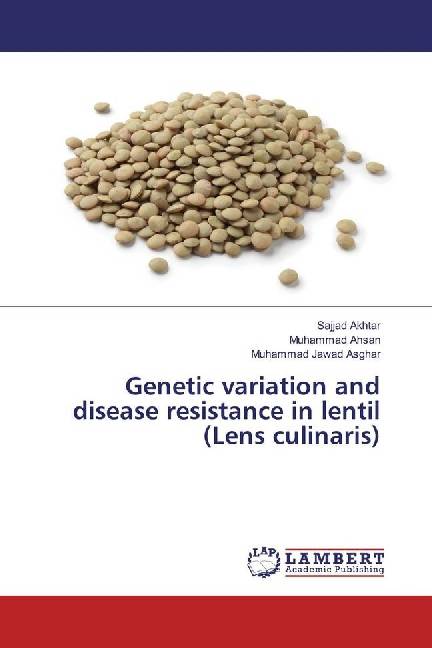
- Afhalen na 1 uur in een winkel met voorraad
- Gratis thuislevering in België vanaf € 30
- Ruim aanbod met 7 miljoen producten
- Afhalen na 1 uur in een winkel met voorraad
- Gratis thuislevering in België vanaf € 30
- Ruim aanbod met 7 miljoen producten
Zoeken
Genetic variation and disease resistance in lentil (Lens culinaris)
Sajjad Akhtar, Muhammad Ahsan, Muhammad Jawad Asghar
Paperback | Engels
€ 55,45
+ 110 punten
Omschrijving
This book describes various sources of creating genetic variations such as hybridization, induced mutations and hybrid mutations (hybridization followed by induced mutations) in lentil (Lens culinaris Medick.). Hierarchical (Nested) design was used to assess genetic variation for various morphological traits (days to flower, days to mature, plant height, number of pods per plant, 100-seed weight, biological yield, seed yield and harvest index) from segregating populations of lentil. The results indicated that hybrid mutations are the best source of creating genetic variability in lentil. It also spot light on Fusarium wilt and its resistance in lentil. A disease scale for Fusarium wilt was developed to measure disease incidence in lentil that can be used as reference in future breeding programs of lentil.
Specificaties
Betrokkenen
- Auteur(s):
- Uitgeverij:
Inhoud
- Aantal bladzijden:
- 132
- Taal:
- Engels
Eigenschappen
- Productcode (EAN):
- 9783330028357
- Uitvoering:
- Paperback
- Afmetingen:
- 150 mm x 220 mm

Alleen bij Standaard Boekhandel
+ 110 punten op je klantenkaart van Standaard Boekhandel
Beoordelingen
We publiceren alleen reviews die voldoen aan de voorwaarden voor reviews. Bekijk onze voorwaarden voor reviews.











